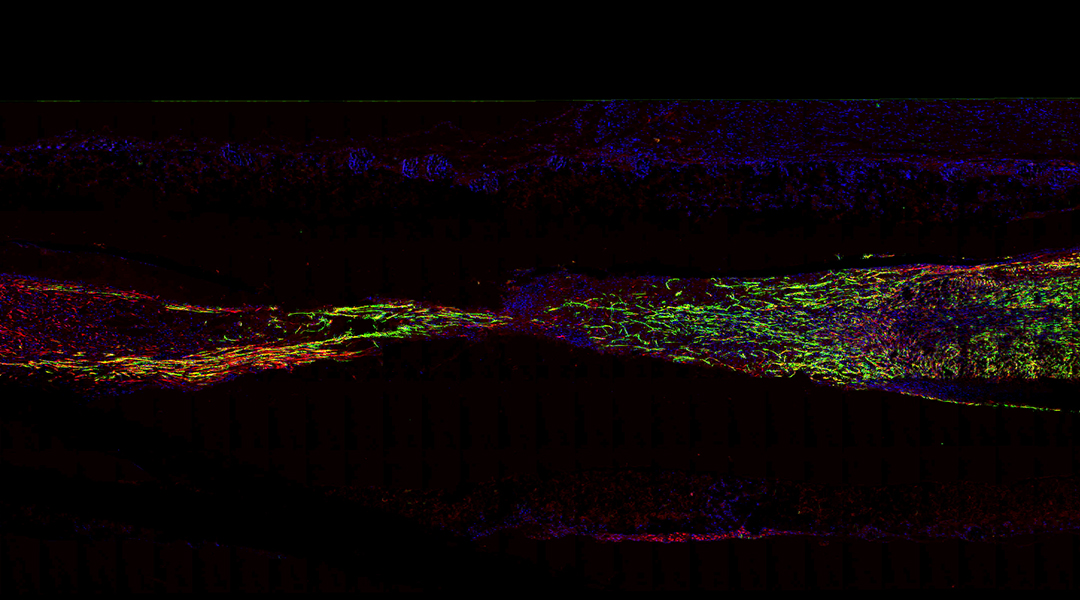As valuable resources dwindle and environmental risks loom, reducing our dependence on traditional agriculture is becoming necessary.


As valuable resources dwindle and environmental risks loom, reducing our dependence on traditional agriculture is becoming necessary.

A state-of-the-art printer with nanometer-scale precision enables the production of quantum emitters, advancing secure quantum communication.

New technology allows researchers to study electrochemical processes at the atomic level with new insights into a widely used catalyst.

Study finds tactile learning in education helps kids engage multiple senses, leading to a richer and more interactive learning experience.

Modifying hydrogen fuel cells with caffeine helped protect them from degradation, resulting in up to 11-fold increase in activity.

Scientists develop a light-driven carbon capture system using photoacids, creating an energy-efficient method to remove atmospheric carbon dioxide.

A lot of money goes into making tech better, but more effort needs to be centered on improving the user’s emotional experience.

Cutting short “shut eye” by just an hour and a half a night directly impairs blood vessel cells in healthy women.

A fully biodegradable nerve scaffold not only helps regenerate damaged nerves, but negates the need for retrieval procedures.

A renewable, carbon-based absorbent is challenging MOFs in carbon capture technology, offering sustainable solutions for emissions reduction.